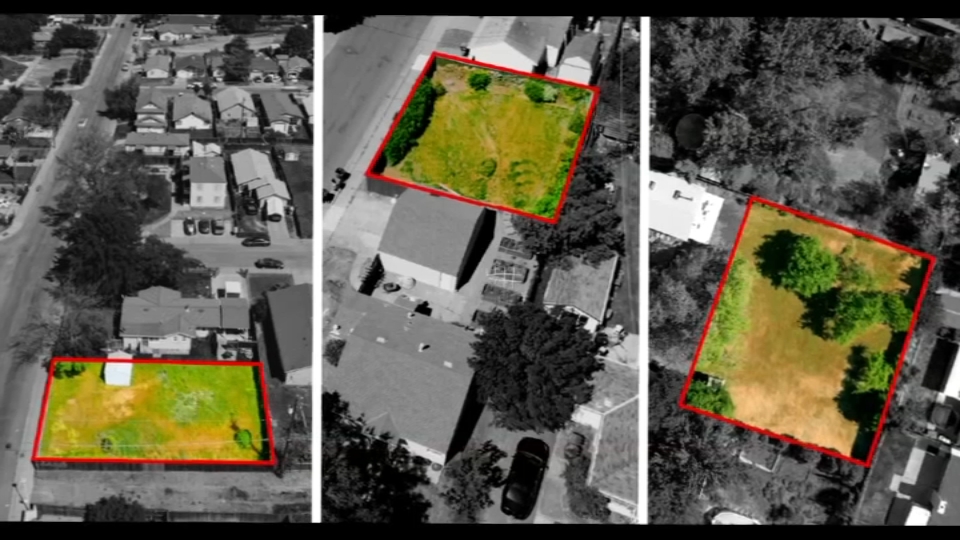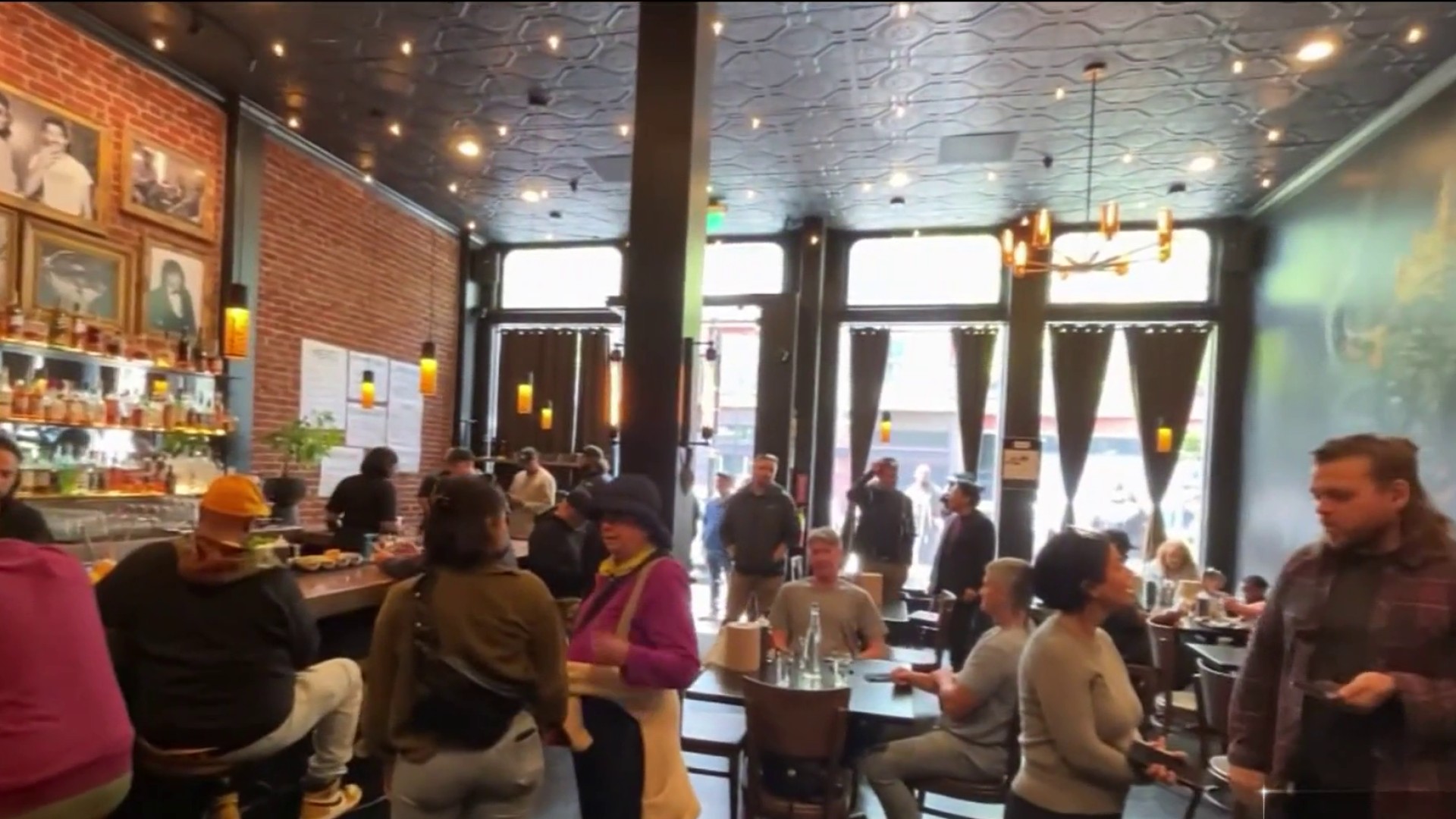NTSB Investigation
Investigators trying to understand why Asiana Airlines Flight 214 crash-landed focused Monday on the actions of an experienced pilot learning his way around a new aircraft, fellow pilots who were supposed to be monitoring him and why no one noticed that the plane was coming in too slow.
National Transportation Safety Board chairwoman Deborah Hersman said the lower portion of the plane's tail cone was found in rocks inside the seawall. A "significant piece'' of the tail of the aircraft was in the water, and other plane parts were visible at low tide, she said.
Investigators said Asiana Airlines Flight 214 was traveling "significantly below'' the target speed during its approach and that the crew tried to abort the landing just before it smashed onto the runway. What they don't yet know is whether the pilot's inexperience with the Boeing 777 and at San Francisco's airport played a role. Officials said the probe will also focus on whether the airport or plane's equipment also could have malfunctioned.
Investigators said the weather was unusually fair for foggy San Francisco. The winds were mild, too. During the descent, with their throttles set to idle, the pilots never discussed having any problems with the plane or its positioning until it was too late.
Seconds before the Boeing 777 struck down, a member of the flight crew made a call to increase the jet's lagging speed, Hersman said Sunday. Then came a warning that the plane was about to stall and cockpit communication that the crew wanted to abort the landing and go back up for another try, she said.
At impact the plane's airspeed was about 106 knots, well below the 137 knots it should have been going as it crossed the runway, Hersman said Monday.
- RAW VIDEO: NTSB Chief Reveals Data Recorder Findings
A preliminary review of the crash by federal investigators turns up the following:
- APPROACH PROCEEDS NORMALLY ... the plane receives clearance from air traffic control to land without its instrument landing system. Visibility is about 10 miles with winds out of the southwest at 7 knots. There are no distress calls or requests for support in the air traffic control tapes that captured the discussion between a controller and the Asiana crew.
- PLANE DESCENDS ... at 1,600 feet and 82 seconds before impact the autopilot disengages. At 1,400 feet and 73 seconds before impact, the plane's speed is about 196 mph. At 1,000 feet and 54 seconds before impact, the plane slows to about 171 mph. At 500 feet and 34 seconds before impact, the plane is traveling at about 154 mph, and at 200 feet and 16 seconds before impact, the plane is traveling at 136 mph.
- EIGHT SECONDS OUT ... at an altitude of 125 feet, the throttles began moving forward. The plane is traveling at about 129 mph.
- SEVEN SECONDS OUT ... the crew asks to increase its air speed.
- FOUR SECONDS OUT ... the stick shaker, a yolk the pilots hold, begins shaking, indicating the plane could stall.
- THREE SECONDS OUT ... the plane is traveling at 119 mph, the slowest speed recorded by the flight data recorder. That is 39 mph below the approximately 158 mph it should have been going as it crossed the runway. The engines are at 50 percent power and engine power is increasing.
- 1.5 SECONDS OUT ... the crew calls to abort the landing and go around for another try.
- CRASH ... the plane, traveling at 122 mph, hits a seawall. The controller declares an emergency. The pilots talk to air traffic control and emergency vehicles are deployed.
The airline acknowledged Monday in Seoul that the pilot at the controls had flown that type of plane for only a short time and had never before landed one at San Francisco International Airport.
Asiana spokeswoman Lee Hyomin said pilot Lee Gang-guk had logged nearly 10,000 hours operating other planes but had only 43 hours in the 777, a plane she said he was still getting used to.
Victims’ Parents Arrive
Local
Seventeen passengers were still at San Francisco General Hospital Monday morning. Eight remained admitted at Stanford Hospital, according to a late afternoon update.
Six of the 17 San Francisco patients are in critical condition, including one child, San Francisco General spokeswoman Rachael Kagan said. One of the patients at Stanford was still considered critical.
Dr. Margaret Knudson, SF General Chief of Surgery, said that despite everything victims have been through, they seem very resilient and grateful for the care they are being given. There are a number of surgeries planned Monday, ranging from abdominal to spinal surgeries. For many of these patients these are second-round surgeries.
In all, 62 crash victims were treated at SF General. According to Knudson, one of the victims described seeing the seats collapse around her, and then come at her, and that’s how she was injured.
Knudson said she was most affected by the words of a young crash survivor.
“One of the little children that was injured said he would never get on an airplane again,” Knudson said. “That’s sort of like, wow, we have to remember what happened. We get so focused on the medical care and making sure that patients are well-taken care of, we kind of forgot really and truly what happened to them.”
Early Monday morning, nine crash victims and some of their family members left the SF General on an out-of-service Muni bus.
Seven youngsters admitted to Stanford's Lucile Packard Children's Hospital were released Sunday evening.
Related stories and video:
- RAW VIDEO: Plane Crash Press Conference | Plane Crash at SFO | Eyewitness Description
- MORE: Flight 214 Survivor Describes Normal Flight That Suddenly Went Wrong | Survivors Recount Near Death Experience
- MORE: Fire Truck May Have Run Over Asiana Crash Victim
- MORE: U.S. Commercial Airline Crashes 2001-2013
The Associated Press contributed to this report.



